For years, the performing arts have been defined by power dynamics and informal terms. A theatre group’s new research project on safety draws attention to systemic gaps, and the accountability required
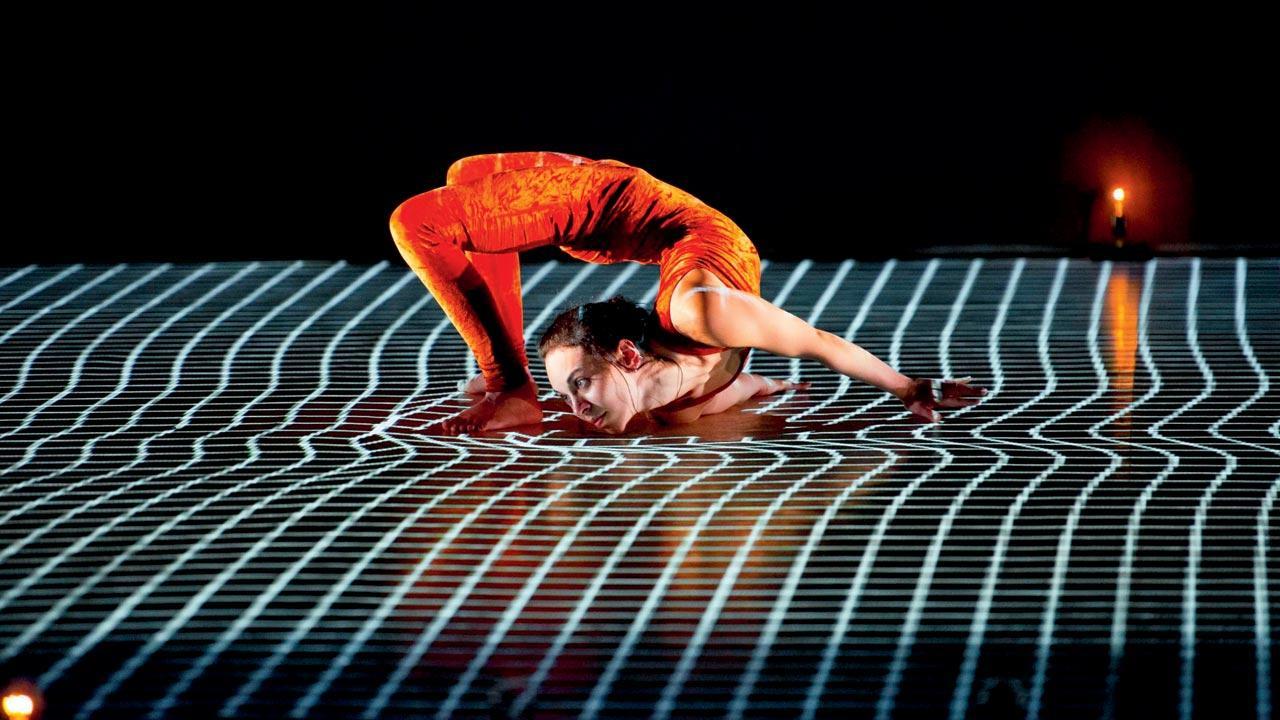
Company Käfig ‘s Pixel, staged in Mumbai in December 2023, combined aerial and acrobatic tricks with digital projections to create a mesmeric 3D landscape
There's a popular Hindi phrase aimed at the lazy and talentless: “Naach na paaye, aangan tedha”. Those who find fault with the dance floor, may not be cut out to be dancers at all. The floor is a mere excuse.
ADVERTISEMENT
The ground reality of dance forms such as Bachata and Salsa in India, where practitioners wear heels and perform lifts and tricks regularly, is quite the opposite. The dancers themselves are hardworking, talented and skilled—it’s the floor that is sometimes slippery, without grip, and capable of making or breaking anyone’s career. Norms and traditions about committing to the art and proving your mettle have led many to think that they have to overcome the floor’s limitations—that coming out unscathed or injured is the mark of a real dancer.
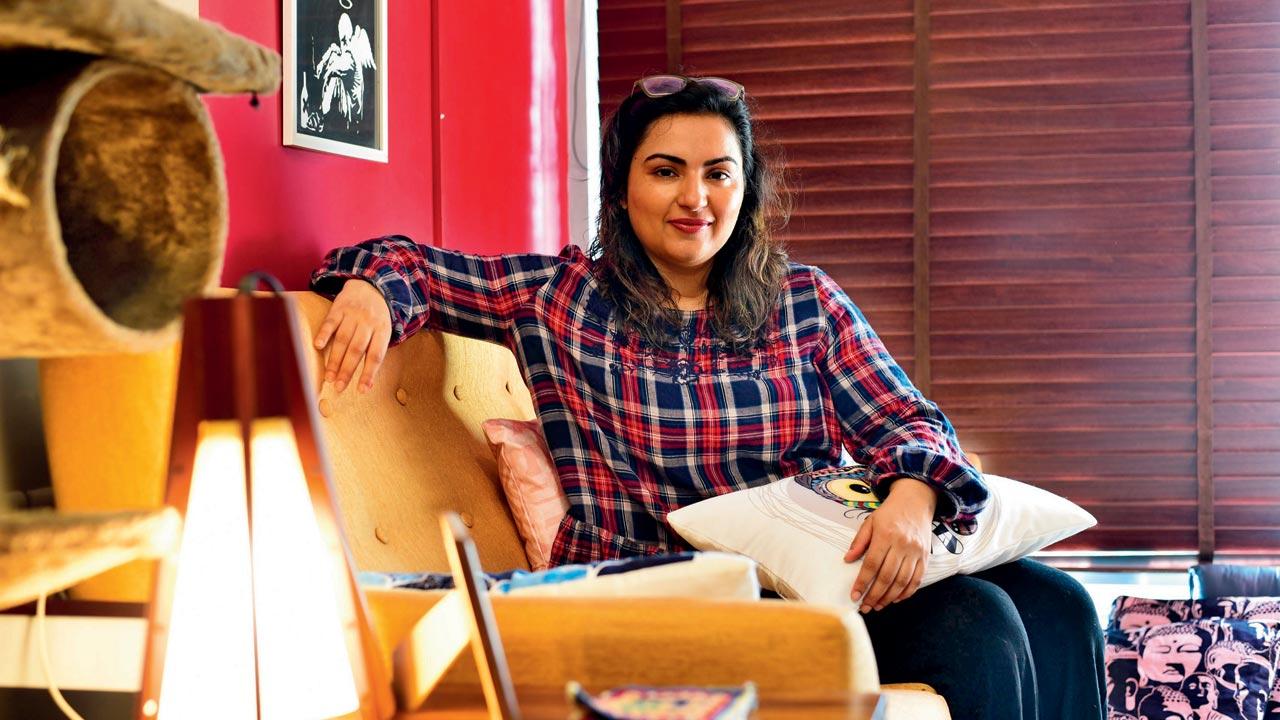 Sapan Saran, co-founder of Tamaasha Theatre, invests in creating safe spaces for actors. Pic/Nimesh Dave
Sapan Saran, co-founder of Tamaasha Theatre, invests in creating safe spaces for actors. Pic/Nimesh Dave
“Few people will make accommodations because the floor is slippery,” says Sahiba Sawhney, who has over two decades of experience as a Salsa performer and trainer. “As a dancer, you want to put your best foot forward. You pick up tricks like applying castor oil or sugary soda to your shoes; it may ruin your heels, but it’ll help you perform. The truth is, a fall could result in a terrible injury to the body—even to the head… This is a recipe for cutting your dancing years short.” The simple solution is investing in the right kind of floor, she says, but that comes at a higher expense that many organisers don’t want to incur.
At her company Dance Design, which holds classes in the western suburbs, Lower Parel, Chembur and Powai, she has a different approach. “Pushing through bad health and injuries is sadly normalised,” Sawhney says plainly. “Some trainers feel bad about missing class or rehearsal when they’re sick. I ask them, why? If your body requires you to sit down for a few minutes and heal, do it. Preventing burnout in the short term can give you five additional years in the long run.”
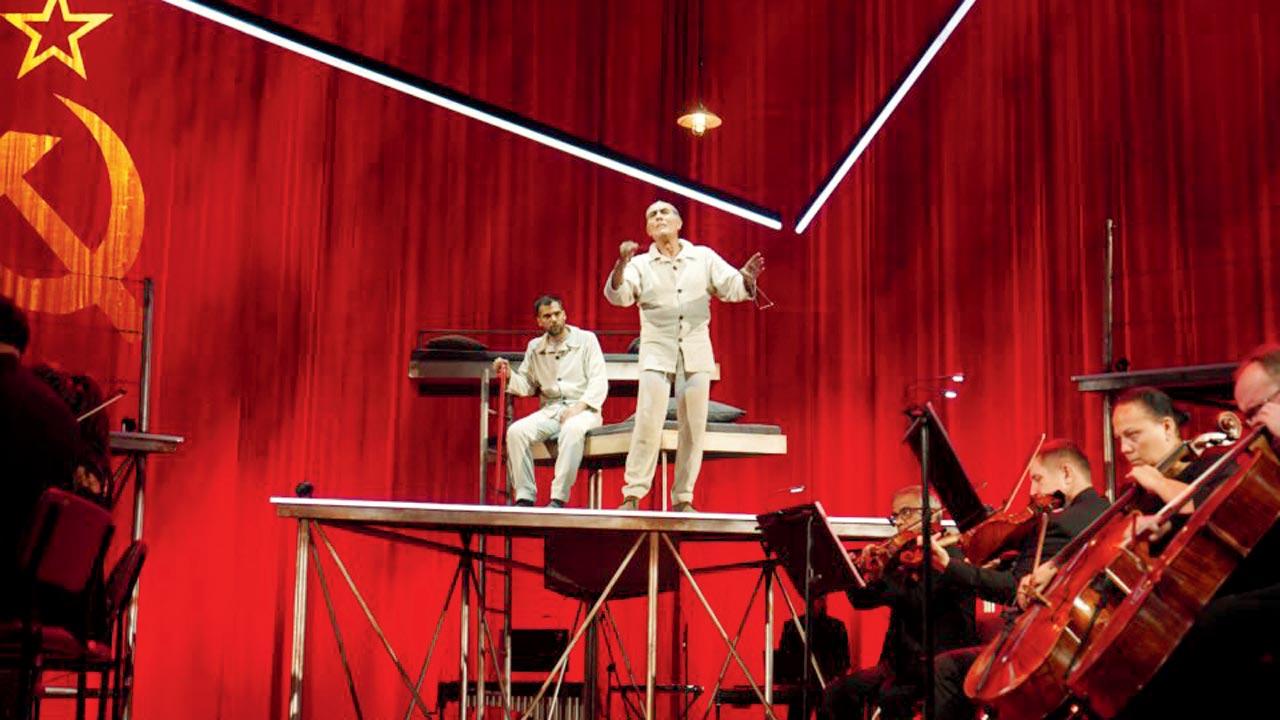 Every Good Boy Deserves Favour, staged at the NCPA in 2022 and 2023, is among the more audacious theatrical productions that Mumbai has seen in the last few years
Every Good Boy Deserves Favour, staged at the NCPA in 2022 and 2023, is among the more audacious theatrical productions that Mumbai has seen in the last few years
The Salsa performer-trainer’s reflections represent many concerns highlighted by Arts Safety in India, a new and ongoing research project by New Delhi’s Kaivalya Plays. With support from the India Foundation for the Arts, lead researcher Varoon P Anand—the theatre group’s artistic director—and his team document and analyse safety practices employed by stakeholders in the performing arts.
Since the project’s inception, they have interviewed 15 groups and received over 150 survey responses, leading to startling findings that confirm how dire circumstances are. While 31 per cent of artistes say “they have not observed safety and artistes’ rights being maintained in their workplace”, 91 per cent came forward with a need for more knowledge and resources. Troublingly, 55 per cent of those surveyed reported that they did not have a forum or mechanism to address safety issues—a hurdle that forces them to either neglect their issues or resort to approaching police and courts.
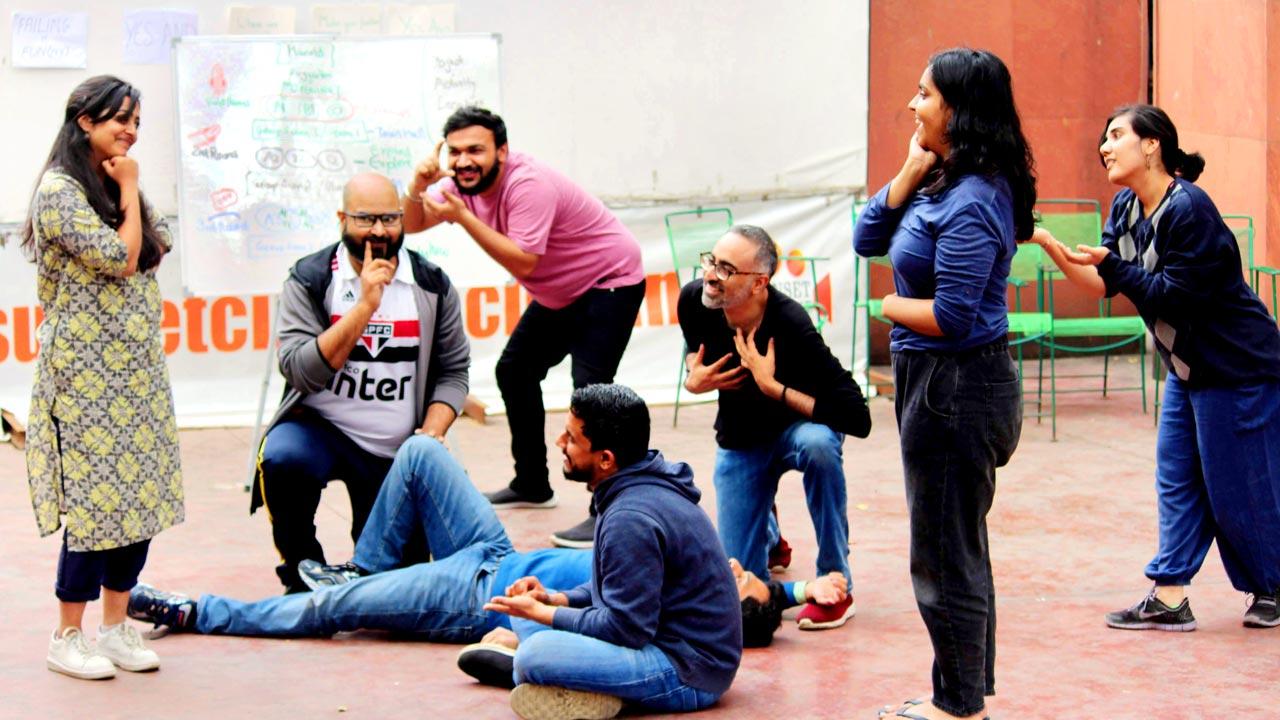 Kaivalya Plays, which initiated the research on safety, in the midst of a workshop
Kaivalya Plays, which initiated the research on safety, in the midst of a workshop
Kaivalya Plays’ interest in and perspective towards safety was shaped by the very art it focuses on—improv. “There’s a belief that anything goes in improv,” says Anand, who saw a vital similarity in both improv and safety—acknowledgement. “We noticed a safety issue during a project in 2019, where actors would say something racist or comment on a fellow actor’s appearance. When questioned, they’d respond by saying that these comments came from the motivation of the character they’re playing. We wanted to clarify that improv is about building something together, not being aggressive or insulting. Improv brings you face to face with the immediacy of lapses in safety, this is a form where actors draw from their own experiences. Action against this also needs to be immediate.”
His work on the subject has taught him that safety practices are most successful when incorporated in the everyday, when they are ritualistic and fun, and when they don’t drain an organisation. “There are some fallacies we want people to avoid,” Anand shares, “One is that the same rules work for everybody—that’s not true. Rules made for a team of only men cannot work for a team composed of people of different genders.”
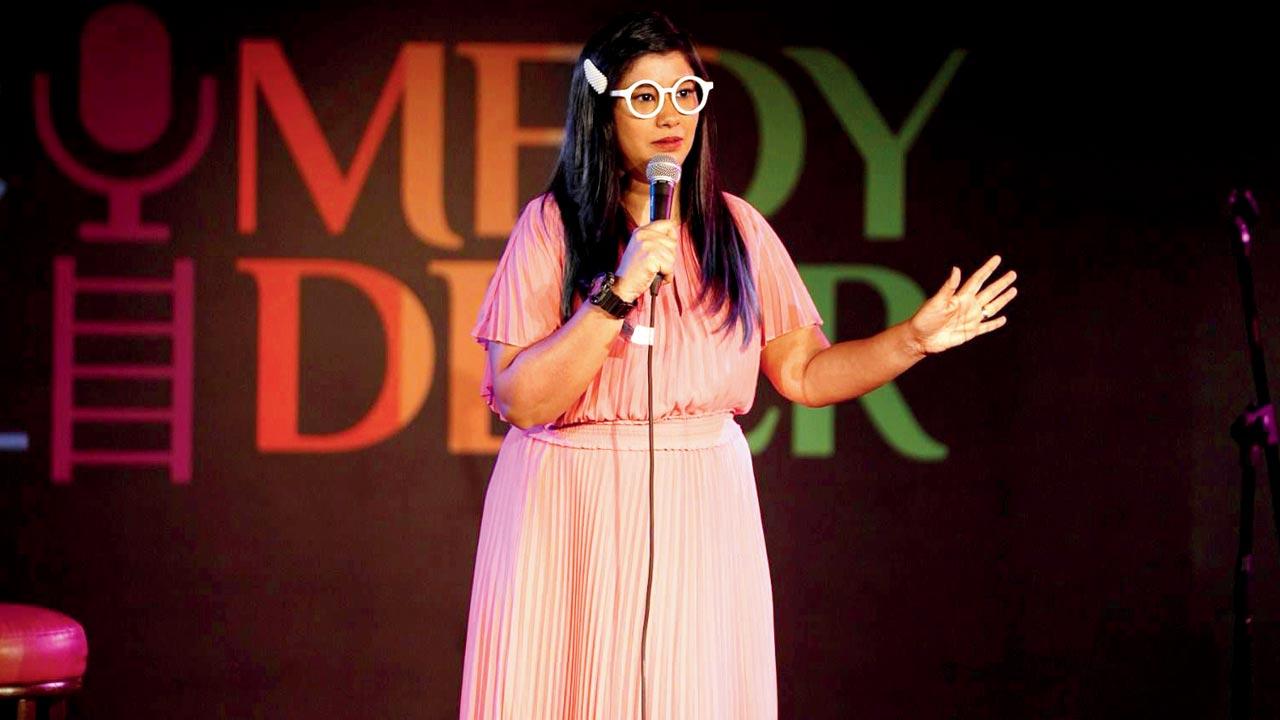 Sethi, who runs the popular space Comedy Ladder, has noticed the absence of female comics in a number of line-ups across India
Sethi, who runs the popular space Comedy Ladder, has noticed the absence of female comics in a number of line-ups across India
Another vital similarity between improv and safety is being judgement-free. Anand says that groups in performing arts should craft spaces where safety issues can be brought up without disrupting work, so that the affected person doesn’t hesitate to come forward. “Many hold back highlighting these issues because they will be judged. It’s important for those in power to not question a team member’s motives in speaking up,” says Anand.
mid-day took Kaivalya Plays’ findings to the doorsteps of old and new institutions in Mumbai’s performing arts, seeking answers to questions about what constitutes safety, whether formal rules are preferred over informal understandings, and what artistes can do to better protect themselves.
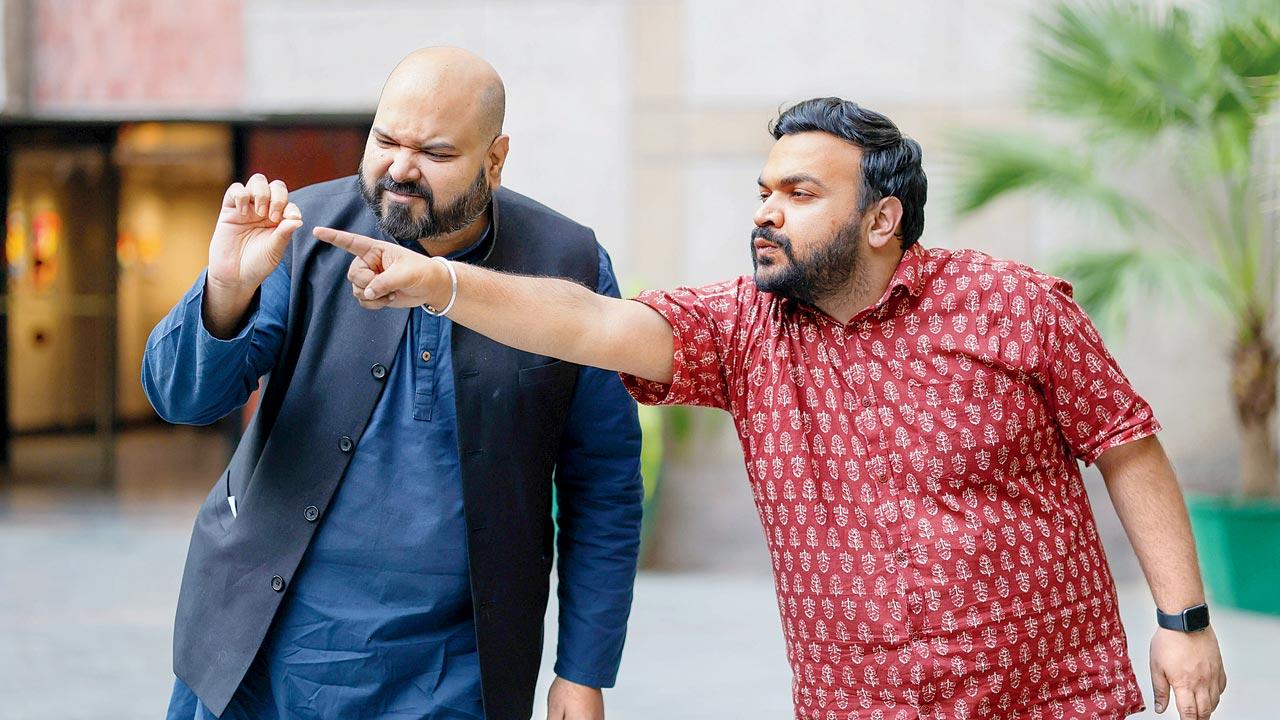 Varoon P Anand (left) and Gaurav Singh learnt much about the need for safety from improv, the form of theatre they practice. Pic/Nishad Alam
Varoon P Anand (left) and Gaurav Singh learnt much about the need for safety from improv, the form of theatre they practice. Pic/Nishad Alam
The personalised, subjective approach that Arts Safety in India advocates for is especially useful in understanding whether informality helps in furthering artistes’ interests or not. Consider Tamaasha Theatre, co-founded by Sunil Shanbag and Sapan Saran. Saran lets mid-day in on how the company welcomes a new actor or crew member: One-on-one introductions, briefing them on the scope of the production, the commitment it calls for, as well as the financial arrangement. “These are informal meetings where we encourage open conversations about work culture and ethics, and also understand the context from which the individual is coming—their background, work experience and so on. We build a relationship of mutual trust and respect. We share values that are important to us as a theatre company,” Saran explains.
To her, skilled direction in theatre has much to do with the building of safe spaces where actors can feel comfortable to drop guards and inhibitions. This calls for a number of things—from a collaborative spirit to valuing suggestions coming from others; to acknowledging one’s own mistakes; to being transparent about one’s doubts and investing in others’ artistic journeys. “Actors are vulnerable on the rehearsal floor,” Saran says, “They bare themselves; they surrender their bodies, their minds, and their souls to the artistic process. I feel a huge sense of responsibility towards them and I can never be passive on the floor.”
Intimacy and touch can be a sticky subject, in rehearsals and on stage, especially in India where deep social conditioning surrounds it. In her last play, Saran and choreographer Diya Naidu worked to empower actors with actual tools, “so that they can find new associations for touch. We organised a workshop, which helped hugely. The actors became very comfortable with each other, and more importantly, with the idea of touch,” she says, “Like walking and speaking, intimacy also has to be first un-learnt and then re-learnt for the stage.”
Such scenes make it essential for Saran to predict whether an action or scene or moment can put them at risk—emotionally or physically. After all, the line between pushing someone to break free from crutches, conditioning, and barriers; and pushing them to the point of damage is a very fine one. “This is the risk that we sign up for in theatre,” she says, “It is an extremely liberating and joyous experience for an actor, if done constructively. However, as a director, it is my job to sense how much to push, how to tread, and most importantly, when to stop.”
The question of informality also extends to payments, contracts, terms and conditions—a complex one in the theatre scene and tied to its precarious reality. “Most urban experimental contemporary theatre companies are a coming-together of two or three passionate individuals,” Saran explains. “Resources are extremely limited as there is no state or other [form of] support. There are no unions to protect artistes or companies, and no regulatory body or arts council that can put into place best practices.” She adds that ultimately, in unorganised sectors such as theatre, the onus for reformation lies within the community.
In the comedy circuit, where the genius lies in being experimental and crossing—or bending boundaries—artistes are increasingly being cautioned against being controversial. Comics who spoke to this writer shared that when public outrage rears its head, they come together to share resources such as legal support, as more senior performers offer to step in.
Comedian Jeeya Sethi, who has earned laughs across India as well as in foreign cities such as London, explains that show cancellations, in the face of backlash, occur more commonly at auditoriums and spaces which seat hundreds of attendees. Sethi, who is also an improviser and actor, runs a room called the Comedy Ladder, curating line-ups featuring established and emerging comedians. “As is the case in many fields,” she observes, “safety in comedy, too, becomes a priority only when something happens to a male comic.”
Her 11 years of experience in the circuit have alerted her to the absence of female comics at crucial events such as the opening of a new space, where all-male line-ups are the norm. “If there’s any advice I could give to women in the scene,” Sethi shares, “it would be to advocate for each other. To insist that more female comics be part of line-ups alongside them.” Aside from fairer representation, this can prove crucial in situations where safety is at risk. “If you’re being troubled or harassed by an audience member, you will need someone to stand by your side, to demand that action be taken. Even if the other female comic is only an acquaintance, her solidarity is important in such moments, especially if your male counterparts don’t act, or leave it up to the event organiser to decide what the consequences should be,” Sethi explains.
The onus on event organisers to act—swiftly and effectively—is also an ongoing conversation in the world of social dancing. An outsider may think that the very nature of such dance forms calls for an unsaid understanding of decent, safe behaviour, but this is not the case. “I’ve noticed that new entrants to social dancing nights are sometimes approached by a number of experienced dancers; perhaps they think they can take advantage of the new person. If, as an organiser, I don’t catch and call out such behaviour, I’m encouraging others to think the floor is a space where they can behave inappropriately with newbies,” Sawhney says.
At Dance Design, she believes that demonstrating how a trainer can interact with and react to students goes a long way in inculcating good practices rather than just speaking about them. “When it comes to moves such as spinning, we make it clear to students and trainers that it should not be executed in a way that hurts their partner, or violates their safety,” Sawhney explains. “This is why complex moves, where something could go wrong, are meant to be practised by experienced dancers and not beginners who may not know what to expect or may not be able to ace it.” They also speak openly about basics such as the need for good hygiene.
When the music stops, the Salsa veteran says, accountability lies in the organisers’ hands. “It’s frustrating when the person in charge doesn’t want to take action against inappropriate behaviour because it will upset the person who is misbehaving—and this is something I have noticed across genders. What about the person whom they have harassed?” she asks. The loss is felt not just by the individual who may never return for a second shot at the dance form, but rather the ecosystem at large. “As a community, we have lost this individual to a problem that could so easily be fixed,” Sawhney rues. Kaivalya Plays’ Anand says that it is not often when he is asked about the costs of compromised safety among artists. “I’m usually quizzed about the expense that groups will incur if they decide to invest in safety.”
Manojna Yeluri, a legal practitioner with over 14 years of experience, is the mind behind Artistik License—a decade old initiative and consultancy that has demystified legalese and provided counsel to a number of independent and folk artistes such as the Nava Dance Theatre, singer Kavya Trehan and Sandbox
Collective, which works across arts and theatre.
At its heart, the initiative was set up to safeguard artistes and protect the interests of creative professionals—values that reflect in the contracts that Yeluri has crafted in her own practice, as well as in association with Kaivalya Plays. “What that looks like is making sure that their intellectual property, ie their original choreography and scripts, are protected and that they are clear about whom ownership vests with,” the lawyer says. Among the other factors Yeluri pays close attention to are clear working hours, termination rights, and zero tolerance to sexual harassment.
Yeluri has come across a number of creative professionals who have a greater awareness of contracts and rights today. “I can’t say that everyone uses contracts,” says the lawyer, who splits her time between Bengaluru and Hyderabad, “but there is definitely a shift towards adopting and insisting on measures that assure accountability and transparency. Creative and cultural practitioners increasingly understand and embody professionalism as [being] essential to nurturing a healthy creative practice and career. I know a fair share of artistes and creative professionals who use e-mail correspondence, expressing different terms and obligations in a detailed manner.”
Thus, it isn’t true that artistes are hesitant to use contracts, Yeluri clarifies; the intimidating perception of legal services, and the attached prohibitive pricing can be a barrier. On the other hand, age-old ways of functioning in traditional institutions can result in situations where the mere mention of a contract is met with negativity and animosity. “Lack of professionalism, a dearth of standardised industry practices and measures, an attitude of disrespect towards freelancers and creative practitioners—all of these stack up to a systemic problem that is rampant informality and exploitation among those working in and with the creative economy,” Yeluri says.
The drawing up of contracts is one way of levelling the playing field and challenging uneven power imbalances—central to making workplaces safe for everyone. “Even asking about safety can make you seem like a troublemaker. This is especially true in art forms such as theatre, where the opportunity to act is a dream come true for most,” says Anand, who hopes that stakeholders in the performing arts will be more purposeful in their approach to safety, and more welcoming of such “troublemakers”. “People don’t think about safety until things go wrong. In any other field, safety is preventative… Things are bound to go wrong, the important thing to know is how to react,” he concludes.
 Subscribe today by clicking the link and stay updated with the latest news!" Click here!
Subscribe today by clicking the link and stay updated with the latest news!" Click here!







